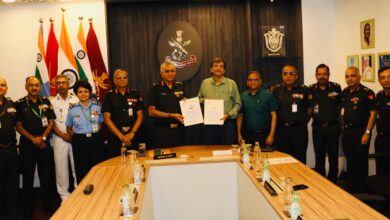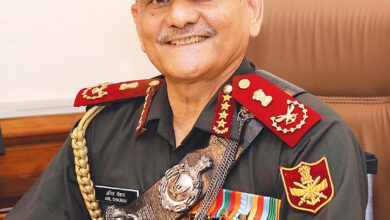Indian Army: Marching on the path of Indigenisation
By SUBHASHIS MITTRA
Upgradation and modernisation are the hallmarks of any army in the world.
In order to promote Aatmanirbharta, the Ministry of Defence (MoD) has recently notified four Positive Indigenisation Lists comprising 411 major weapons platforms/systems with an embargo on their import from defined timelines.

The MoD has also notified three Positive Indigenisation Lists in respect of DPSUs, comprising 3,738 major Line Replacement Units/sub-system/ assemblies/sub-assemblies/components & spares with an embargo on their import from defined timelines.
Further, more than 26,000 defence items have been uploaded on SRIJAN Portal and offered to the Industry for indigenization, Minister of State for Defence Ajay Bhatt informed the Rajya Sabha recently.
Indigenisation is a dynamic process. So far, 7,031 items have already been indigenised, which cater to the domestic and global markets. As per data available till December 2022, the defence imports have reduced from 46% to 36.7% since 2018-19.
Presently, the MoD has everything in mind to keep the army’s numerouno status.
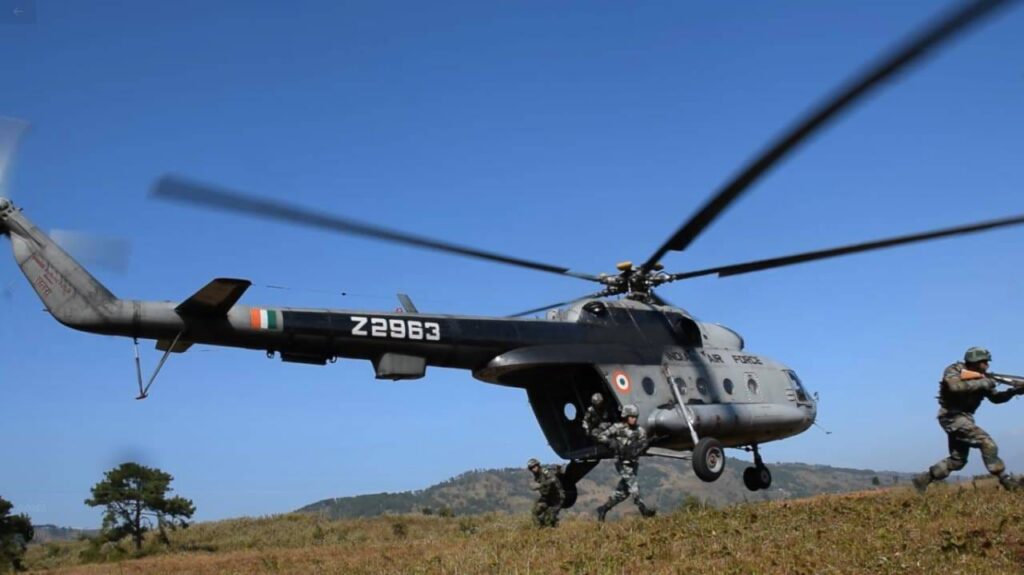
Rafale advanced fighters were purchased, the LCA Tejas was also inducted, an indigenous helicopter manufacturing plant was inaugurated, and work on the Tejas Mark II was already underway, as was research into stealth aircraft. The thrust is on “Make in India” to not only save billions of dollars of precious foreign exchange but to remove dependency on any foreign country in case of any eventuality.
From armoured vehicles to the latest automatic firearms to tanks, every effort is being made to indigenously develop and manufacture warfare material. Night vision devices, anti-drone technology, the latest radars, and transport planes to carry even tanks-each requirement of the forces has been kept in mind and procured.
Drones are the latest weapons that have changed the meaning of modern warfare.
Drones can perform any task, from surveillance to arms carrying to attacks on advanced enemy positions or installations. There is no need to send teams of soldiers to physically check the movement of the enemy; all can be done by surveillance drones.
Keeping in view the importance of drones in modern warfare, the government has also procured drones for all three wings of the forces, each capable of covering a distance of 50 km and carrying a payload of 1 kg to 5 kg. Kamikaze drones with a 100-km range are the latest addition to our army, able to select highly valued enemy targets and then crash to destroy them.
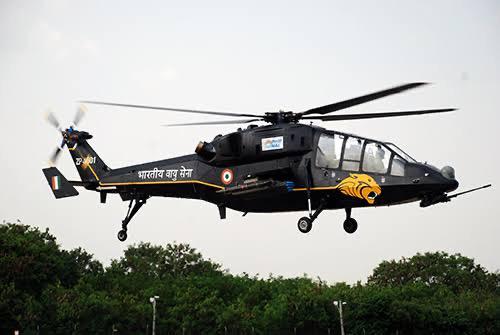
The utility of drones doesn’t end here only, high-altitude drones, and desert drones are being procured. Every effort is being put forth to safeguard the 3500-kilometre Line of Actual Control from Ladakh to Arunachal Pradesh. With temperatures in the minuses, meters of snow, and treacherous mountains, it is not an easy border to guard. Ground patrols are compensated by satellite images, remotely-piloted aircraft, and modern radars; practically, no one can escape our ever-vigilant army.
Modern machinery for road and tunnel construction has been deployed to speed up road connectivity, along with heavy snow clearance equipment. Not only surveillance but attack ammunition is also being upgraded with the induction of K-9 Vajra track guns to the Pinaka multi-rocket launch system. Long- and short-range missiles have been deployed to counter any mischief along the LAC.
Almost one lakh crore has been spent on force modernisation, which is enormous by any standard when combined with the border infrastructure development budget. Advance landing grounds, a fibre optic network, all-weather bunkers, the deployment of advance fighter aircraft squadrons, bunkers for tanks -the Government of India is setting up everything.
The Indian Army has an unparalleled track record, the force is well prepared for any type of situation at borders.
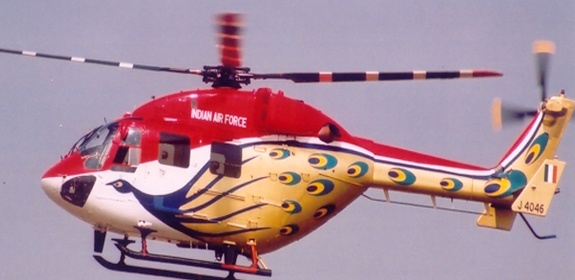
The Indian army is one of the best battlefield-tested armies, an expert in terrorism, desert warfare, and high-altitude warfare, and has historically safeguarded the highest battlefield of Siachen against all odds. It is always the man behind the machine who matters most.
The present situation is not that of the 1960s; every requirement of the army is being met, in routine as well as in an emergency. With upgraded fire-power and infrastructure, our army is just like a tiger on the prowl, ever ready to defend its territory.
Thirty-three months of the standoff with China have made us much more alert and confident, and efforts are on to plug shortcomings on a war footing.
Against the backdrop of such a scenario, a parliamentary panel has suggested in its latest report that the capital budget of the Indian Army should be increased to facilitate enhancing its deterrent capacity to ward off challenges from the two “hostile” neighbours — an apparent reference to Pakistan and China.
At the same time, Parliament’s Standing Committee on Defence appreciated the efforts made by the Defence Ministry towards the indigenisation of military platforms and hoped that the country would see “100 per cent contract value” going to Indian vendors in the years ahead.
Referring to the challenges before the Army, the standing committee, in the report presented before Parliament, cited proxy wars, in an apparent reference to Pakistan-backed cross-border terrorism in Jammu and Kashmir.
The committee was of the view that funds slated for modernisation of the armed forces should always be incremental. It desired that there should be a separate allocation for committed liabilities and new schemes, under the modernisation/capital budget.
“Our expenditure should be in proportion to the increase in defence spending of our neighbours. Therefore, the committee recommended that the capital budget of the Army should be increased to have a deterrent capacity to ward off at least two hostile neighbours,” it said, in an indirect reference to Pakistan and China.
The concern voiced by the parliamentary panel is not unfounded. For the eighth consecutive year, China raised its defence budget by 7.2 per cent, marginally higher than last year, to 1.55 trillion yuan (about USD 225 billion) — over three times more than India’s military spending.
India’s defence budget for 2023-24 amounts to Rs 5.94 lakh crore (about USD 72.6 billion).
In fact, China is the second biggest spender on defence next to the US whose defence budget for 2023 totalled USD 816 billion. China pegged its defence budget at 1.45 trillion-yuan last year, a 7.1 per cent increase. This year the defence spending is increased to 1.55 trillion yuan.
However, in view of the appreciation of the dollar against the yuan, this year’s defence spending of China totalled, according to the state-run China Daily, is about USD 225 billion. Last year, in dollar terms China’s defence spending to modernise the People’s Liberation Army (PLA) amounted to USD 230 billion.
This is for the eighth consecutive year that China has announced a single-digit percentage point increase in its military budget. The latest hike in China’s defence budget comes amidst global unease about the PLA’s increasingly aggressive behaviour.
The reference to “major missions relating to border defence” was regarded as significant in the context of offensive actions by the PLA in Eastern Ladakh in May 2020 along the Line of Actual Control (LAC) with India, triggering a prolonged standoff that has virtually frozen the relations between the two countries.
Aided by increasing defence budgets, the two-million-strong PLA, the world’s largest military, is increasingly getting powerful and assertive with the ever-expanding military modernisation of its Army, Navy and Air Force.
The Chinese military is headed by 69-year-old President Xi Jinping, who is the Chairman of the powerful Central Military Commission, the overall high command of the PLA, and the only Chinese leader to have been elected for an unprecedented third five-year term by the ruling Communist Party of China (CPC) in October last year.



